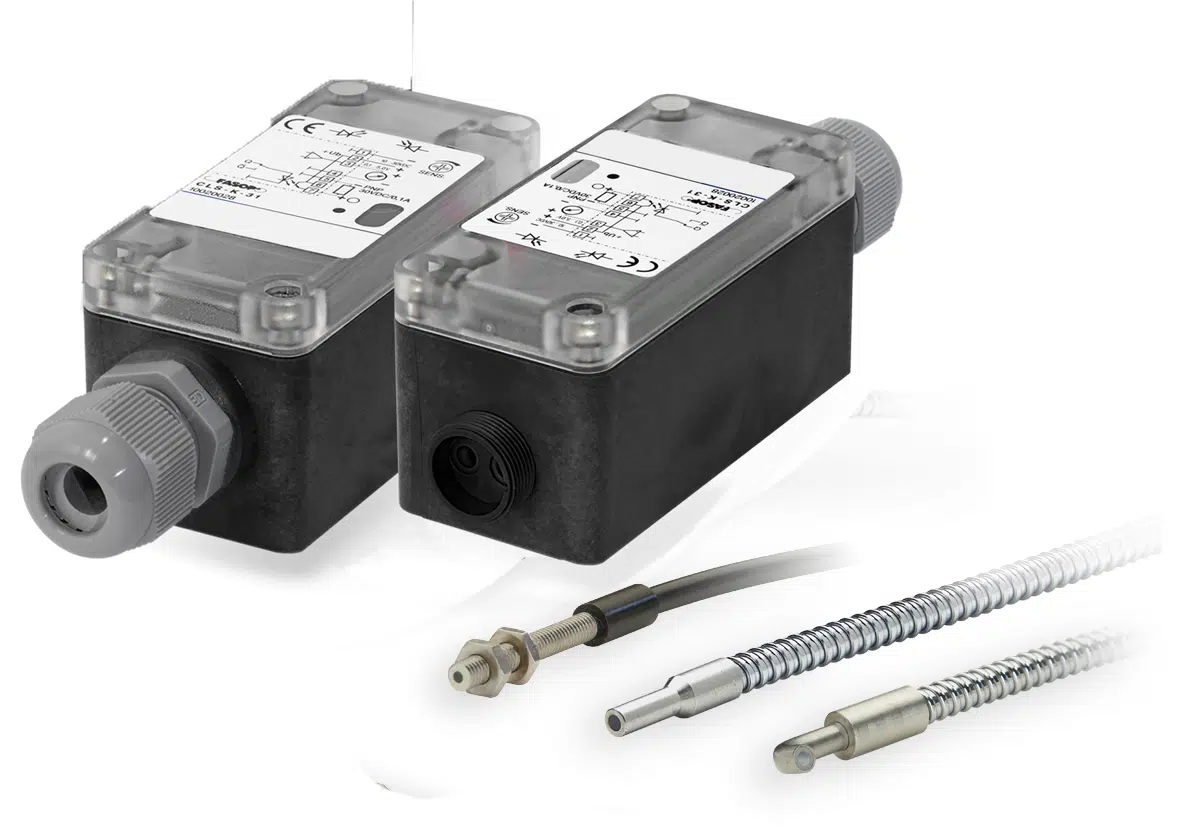In the realm of precision measurement, where accuracy and reliability are paramount, optical micrometer have emerged as indispensable tools. These remarkable devices allow scientists, engineers, and researchers to measure the minuscule and the delicate with astonishing precision. From manufacturing processes to scientific research, optical micrometer have revolutionized our ability to understand and manipulate the invisible world. In this article, we delve into the workings and applications of optical micrometer, exploring their significance in modern technology and scientific discovery.
Understanding Optical Micrometer: A Glimpse into the Mechanism
Optical micrometers, also known as optical thickness gauges or interferometers, are sophisticated instruments that leverage the intricate principles of light interference to measure extremely small distances with unparalleled accuracy. These distances can range from the thickness of a human hair to fractions of a wavelength of light. The foundational principle behind optical micrometry is the interference phenomenon, where light waves superimpose and produce alternating dark and bright fringes.
At the core of an optical micrometer lies an interferometer setup, which typically consists of a light source, a beamsplitter, a reference mirror, and a measurement target mirror. The beamsplitter, a semi-reflective surface, divides the incoming light beam, sending one portion to the reference mirror and another to the measurement mirror. The light beams are then reflected back from these mirrors and recombined at the beamsplitter. When the two light beams recombine, they interfere with each other, leading to the formation of interference patterns. By precisely controlling the distance between the mirrors – often using piezoelectric actuators for nanometer-level adjustments – these patterns change, allowing for the measurement of extremely small displacements.
The Many Facets of Applications
The applications of optical micrometer are as diverse as they are significant, spanning various industries and research domains. Let’s explore some of the key applications that showcase the astonishing power of these instruments:
1. Manufacturing and Quality Control:
In industries such as microelectronics and optics, where precision is paramount, optical micrometer play a crucial role in ensuring the quality of products. They are employed to measure the thickness of thin films, the flatness of surfaces, and the alignment of intricate components. For instance, during the fabrication of semiconductor devices, optical micrometer aid in measuring the thickness of the thin films that form transistors and other essential elements.
2. Nanotechnology:
Nanotechnology operates at the scale of atoms and molecules, demanding tools that can measure and manipulate matter at such minuscule dimensions. Optical micrometers provide researchers with the ability to measure the thickness of nanostructures, aiding in the development of advanced materials, sensors, and devices.
3. Biological and Medical Research:
In the realm of life sciences, optical micrometers are used to study biological samples and cells. Researchers can measure cell thickness, study membrane behavior, and explore the properties of microscopic structures within living organisms. This technology has paved the way for advancements in fields such as tissue engineering, drug delivery, and understanding cellular mechanics.
4. Astronomy and Space Science:
Even in the vastness of space, optical micrometers find applications. They are used to measure the distances between celestial objects, such as stars and galaxies. These measurements contribute to our understanding of cosmic expansion and the overall structure of the universe.
5. Metrology and Fundamental Physics:
In the field of metrology, the science of measurement, optical micrometer serve as key tools for establishing international measurement standards. Their ability to measure minute distances contributes to research in fundamental physics, helping to test and refine theories about the behavior of matter and energy at the smallest scales.
Pushing the Limits: Advancements and Challenges
Over the years, advancements in optical micrometry have continually pushed the limits of what can be measured and achieved. New technologies, such as white-light interferometry, have further enhanced measurement accuracy and extended the range of measurable distances. These advancements have enabled scientists and engineers to delve into previously uncharted territories, revealing new insights and enabling groundbreaking discoveries.
However, despite their impressive capabilities, optical micrometers also face challenges. Environmental factors such as temperature fluctuations, vibrations, and air turbulence can introduce noise and errors in measurements. Mitigating these challenges requires not only sophisticated design and calibration but also the integration of advanced algorithms to correct for disturbances, ensuring accurate results even in less controlled conditions.
Looking Ahead: The Future of Optical Micrometry
As technology continues to advance, the future of optical micrometry holds exciting prospects. The integration of artificial intelligence and machine learning could enhance the speed and accuracy of measurements, while also enabling real-time adaptive compensation for environmental disturbances. Furthermore, the miniaturization of these devices could open up new possibilities for portable and field-deployable measurements, expanding their reach to various applications beyond traditional laboratory settings.
In conclusion, the power of optical micrometers to measure the invisible is truly astonishing. From their role in enabling precise manufacturing processes to their contributions in cutting-edge scientific research, these instruments have transformed our understanding of the microscopic world. As we continue to refine and innovate in the field of optical micrometry, we can look forward to unlocking even more hidden insights and pushing the boundaries of what we can measure and manipulate on the tiniest of scales. The journey of optical micrometers, from the basics of interference to the frontiers of nanotechnology and beyond, exemplifies the boundless potential of human ingenuity in deciphering the mysteries of the universe.
Conclusion: Unveiling the Unseen through Optical Micrometers
In a world where precision is paramount and the imperceptible holds profound significance, optical micrometers stand as astonishing instruments that bridge the gap between the visible and the invisible. These remarkable devices, rooted in the principles of light interference, have transformed our ability to measure with extraordinary accuracy, unveiling hidden dimensions and unlocking new realms of knowledge and innovation.
From their fundamental mechanism based on interference patterns to their diverse applications across industries. Optical micrometers have showcased their incredible power in various domains. In manufacturing and quality control, they have enabled the creation of intricate components with unparalleled precision. In the realm of nanotechnology. They have paved the way for the manipulation of matter at the atomic scale. Leading to breakthroughs in materials science and device engineering. Biology and medicine, they have provided insights into the intricate world of cells and tissues. Fostering advancements in regenerative medicine and personalized therapies. Astronomy and space science have benefited from optical micrometers’ ability to measure celestial distances, enriching our understanding of the cosmos. In metrology and fundamental physics, these instruments have contributed to refining our knowledge of subatomic particles and the very fabric of the universe.



